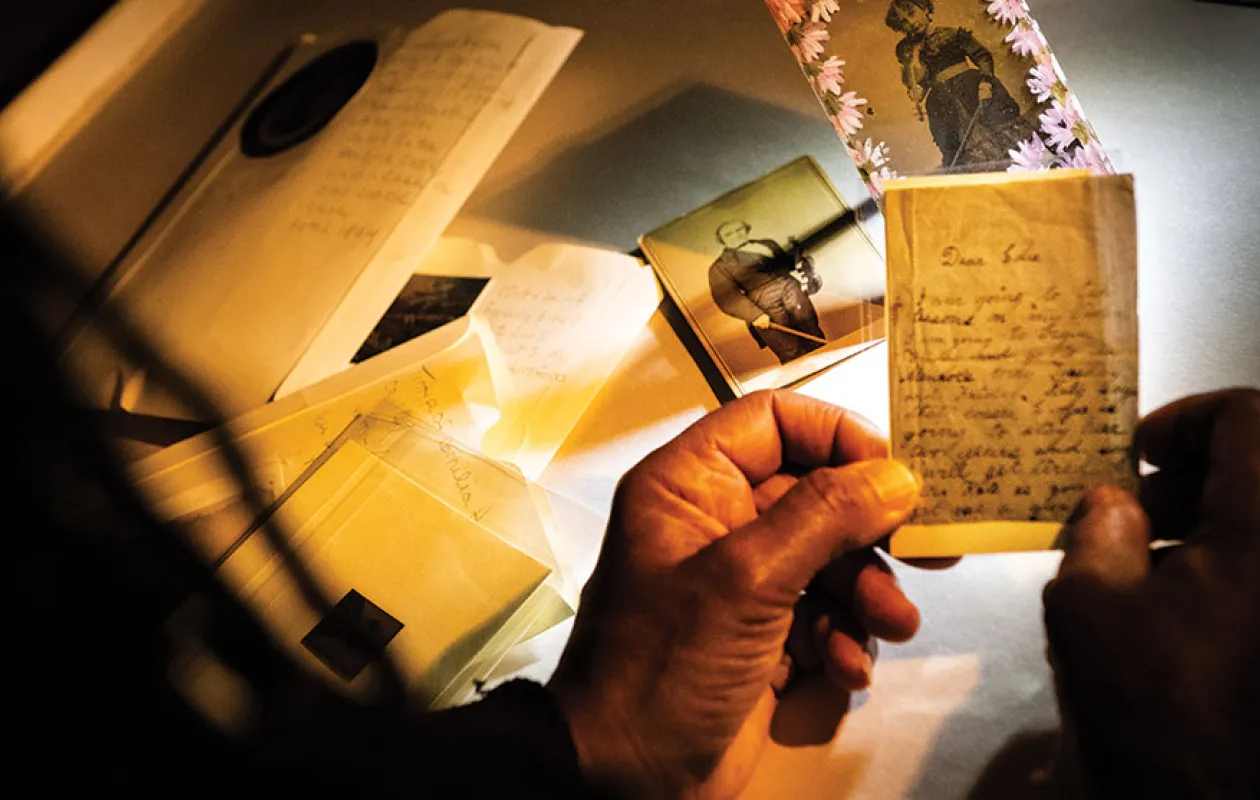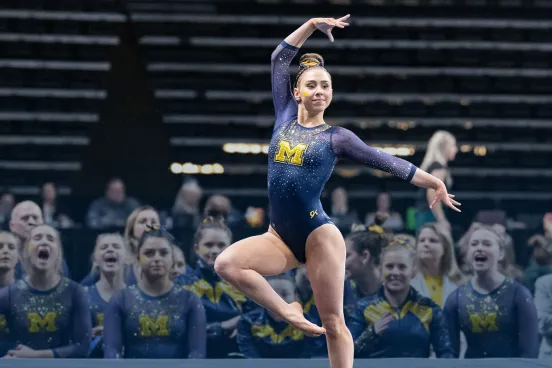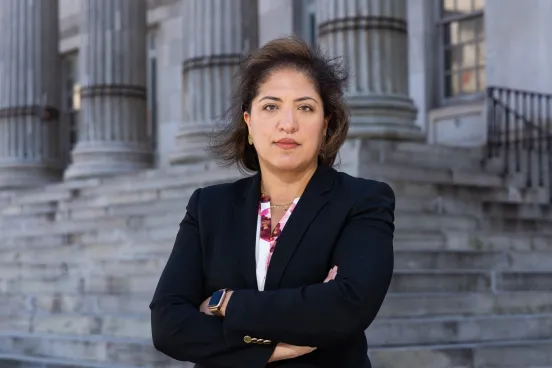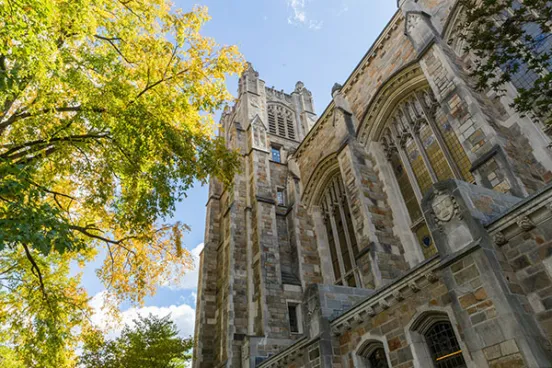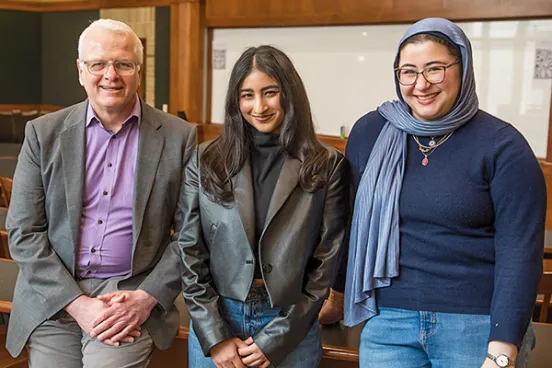Far along the eastern end of Long Island and situated on the ancestral lands of the Manhansett people lies Shelter Island, a place of singular beauty with its salt marshes, woodlands, and coastal dunes. Inland from the bays that surround the island is Sylvester Manor, a plantation whose history precedes the American Revolution. Starting in the mid-1600s, it served as a provisioning plantation—sending food, timber, and other supplies to a sugar plantation in Barbados. Today, Sylvester Manor is a public historic site and educational farm that welcomes all to see the past from its particular perspective. Among those who toured it last fall were several students, including from Michigan Law, who are studying the plantation’s history: Slaves built and worked at Sylvester Manor until the last person was freed in 1820—seven years before slavery ended in New York. The students’ project, though, relates very much to the present. It provides context about the prevalence and persistence of slave labor in the supply chain and the built environment.
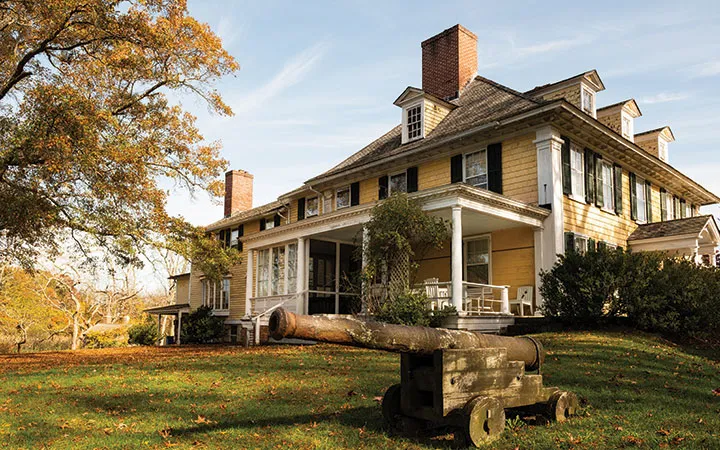
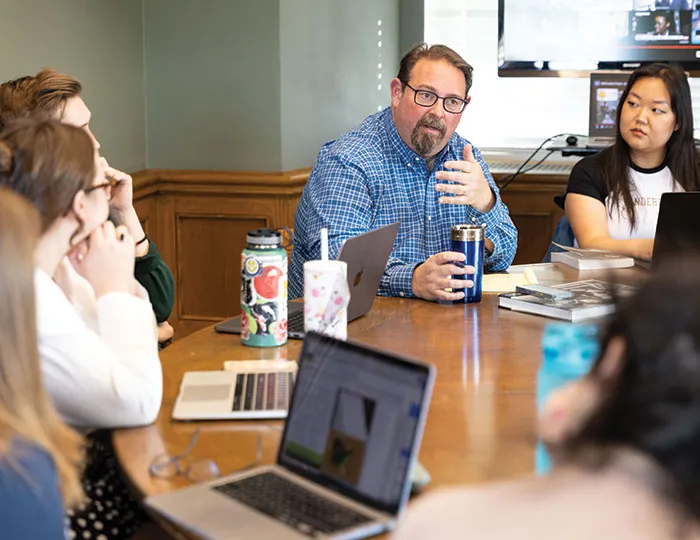
Lesson From the Past
While the 13th Amendment emancipated slaves in the US, forced labor continues in this country and around the world, including the exploited workers who built the stadiums in Qatar for the 2022 World Cup and the Uyghur Muslims in western China who mine polysilicon for use in solar panel production.
These recent examples, and those dating back to the plantation era, figure into discussions in Slavery and the Built Environment, a class taught by Luis C.deBaca, ’93, professor from practice at Michigan Law.
“How do we confront these ongoing legacies of slavery?” asks C.deBaca, who teaches in collaboration with Phillip Bernstein, associate dean and professor adjunct at the Yale School of Architecture. “Also, if we’re spending so much time and effort calculating embedded carbon in a building, how can we start to understand embedded suffering in a building?”
For the past two academic years, C.deBaca and Bernstein have taught a group of students from Michigan Law and other U-M graduate schools as well as law and architecture students from Yale University. The class is part of the Michigan Law’s Problem Solving Initiative (PSI), in which students work in multidisciplinary teams to develop creative solutions to complex social dilemmas.
“The diversity of perspectives we had was so vast, so the experience was incomparable,” says Sandy Sulzer, ’23, who was part of the fall 2021 PSI. “The practice of law in the real world always occurs in partnership with a client, whether it's a group, an individual, a movement. And so we were given the real-world skills of working across those disciplinary boundaries to solve problems together.”
While most PSI courses span a single semester, the slavery PSI has had two iterations. During the fall 2021 semester, students examined the historical narrative of monuments in this country, including those with racist legacies. Students in the fall 2022 semester examined the history of Sylvester Manor to better understand how land use and regulation of supply chains have been shaped by slavery and its legacies.
“We're confronting a tough idea in each class,” says C.deBaca. “And we develop problem-solving tools to confront that tough idea.”
Toward that end, each class wrote a final report that they then handed off to an architectural design studio at Yale, whose students used the document as a brief to develop a proposal during the following winter term. For the monuments class, they created a framework for a proposed slavery memorial in Washington, DC. For the plantations class, they looked at the plantation logics of extraction, erasure, and parcelization/enclosure at a number of sites around New York, including Seneca Village (which dispossessed a Black community to make Central Park).
In addition to the final documents and design projects, the class provided several takeaways for students, says C.deBaca.
“First of all, there’s a deeper appreciation that the legacies of historical slavery are not simply echoes of the past, but there are continuing logics of slavery in our environment, in our law, in our practice. The other thing is that students are going to know more about material supply chains than most people in the country. A third thing is they're coming out on the leading edge of a suddenly expanding practice field.”
Professor Luis C.deBacaHow do we confront these ongoing legacies of slavery? Also, if we’re spending so much time and effort calculating embedded carbon in a building, how can we start to understand embedded suffering in a building?
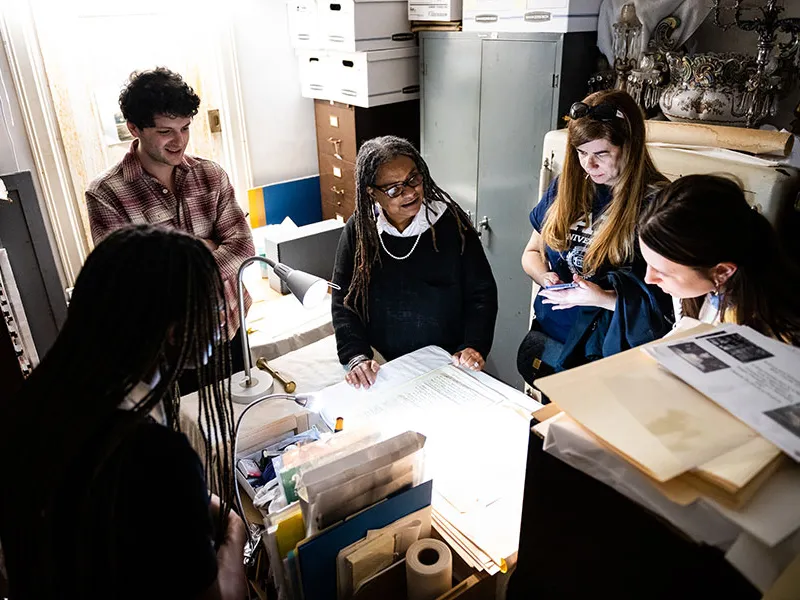 Students visited Sylvester Manor, a plantation built by slaves whose history precedes the American Revolution.
Students visited Sylvester Manor, a plantation built by slaves whose history precedes the American Revolution.
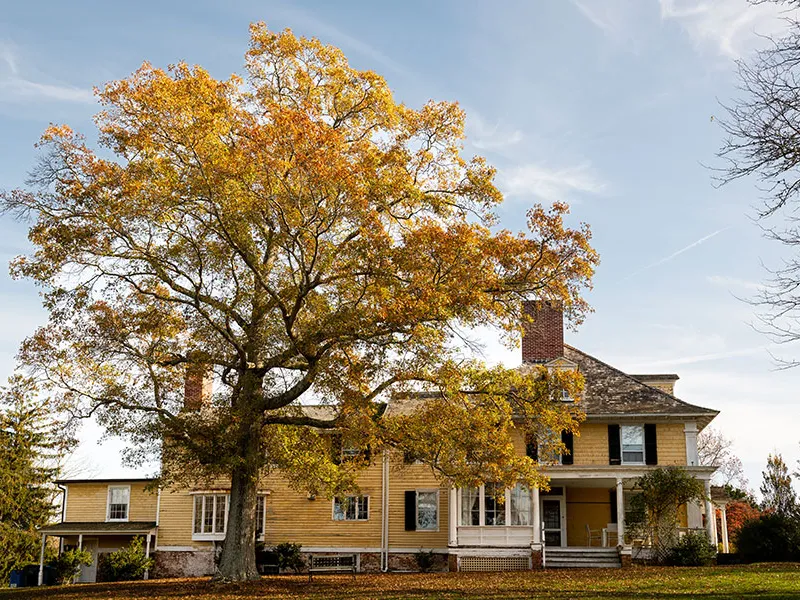 Students visited Sylvester Manor, a plantation built by slaves whose history precedes the American Revolution.
Students visited Sylvester Manor, a plantation built by slaves whose history precedes the American Revolution.
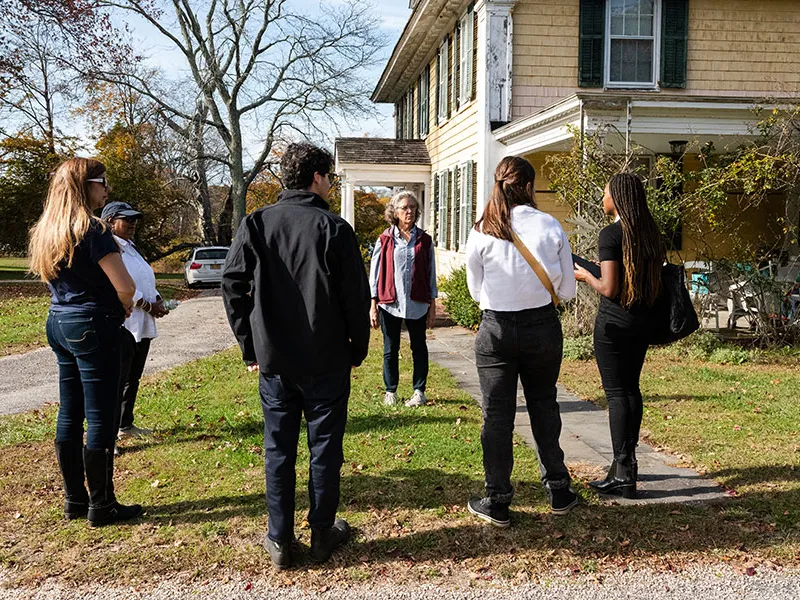 Students visited Sylvester Manor, a plantation built by slaves whose history precedes the American Revolution.
Students visited Sylvester Manor, a plantation built by slaves whose history precedes the American Revolution.
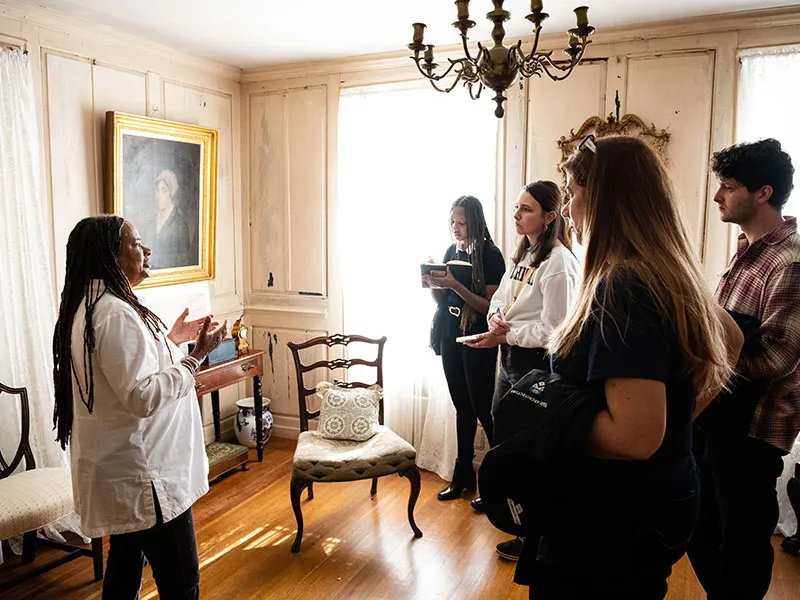 Students visited Sylvester Manor, a plantation built by slaves whose history precedes the American Revolution.
Students visited Sylvester Manor, a plantation built by slaves whose history precedes the American Revolution.
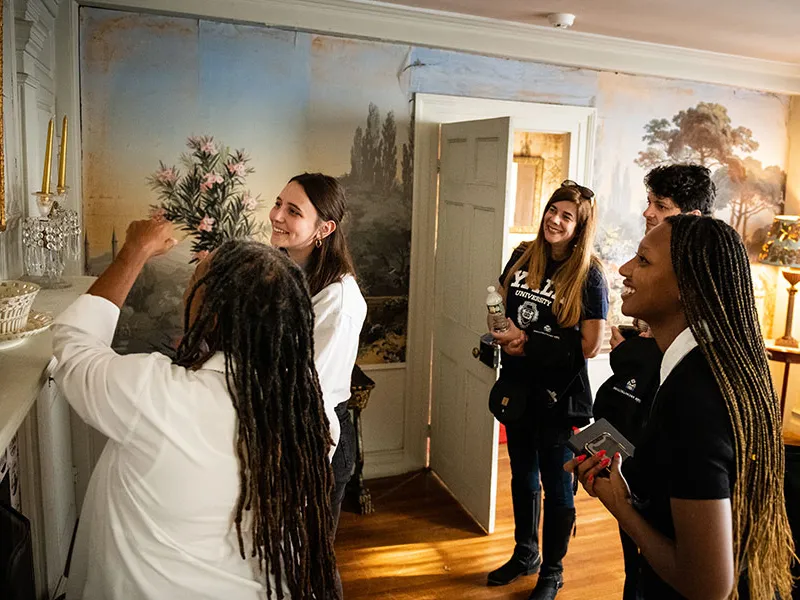 Students visited Sylvester Manor, a plantation built by slaves whose history precedes the American Revolution.
Students visited Sylvester Manor, a plantation built by slaves whose history precedes the American Revolution.
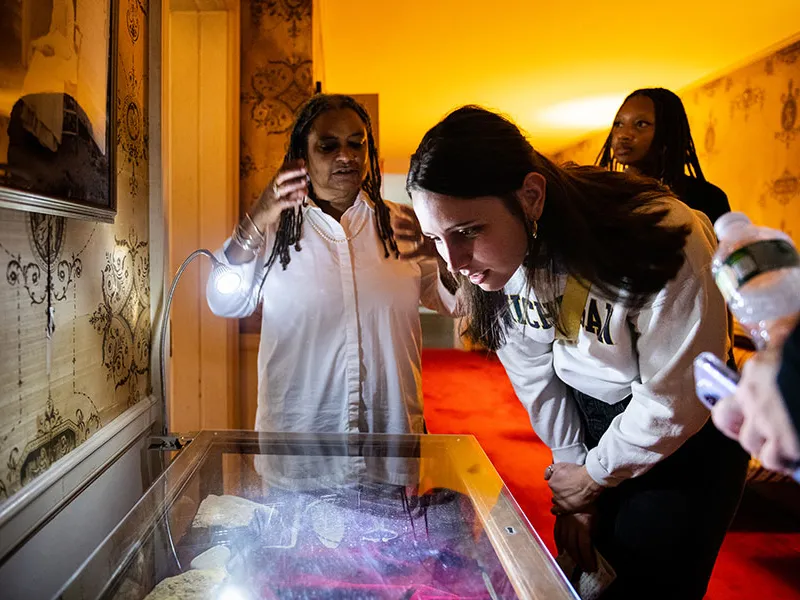 Students visited Sylvester Manor, a plantation built by slaves whose history precedes the American Revolution.
Students visited Sylvester Manor, a plantation built by slaves whose history precedes the American Revolution.
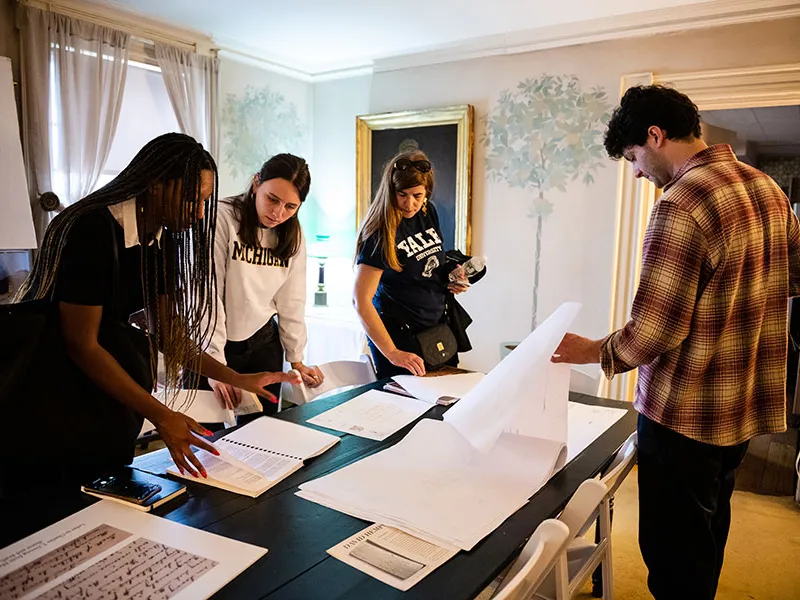 Students visited Sylvester Manor, a plantation built by slaves whose history precedes the American Revolution.
Students visited Sylvester Manor, a plantation built by slaves whose history precedes the American Revolution.
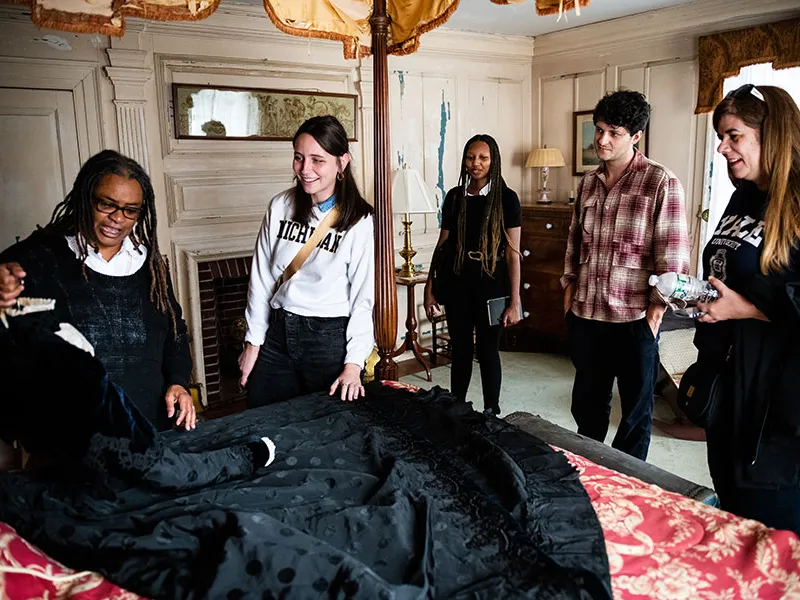 Students visited Sylvester Manor, a plantation built by slaves whose history precedes the American Revolution.
Students visited Sylvester Manor, a plantation built by slaves whose history precedes the American Revolution.
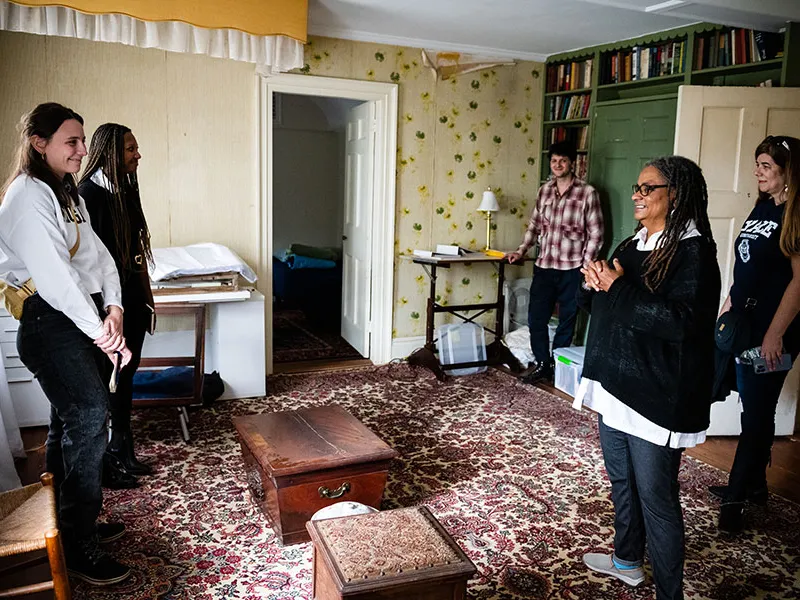 Students visited Sylvester Manor, a plantation built by slaves whose history precedes the American Revolution.
Students visited Sylvester Manor, a plantation built by slaves whose history precedes the American Revolution.
 Students visited Sylvester Manor, a plantation built by slaves whose history precedes the American Revolution.
Students visited Sylvester Manor, a plantation built by slaves whose history precedes the American Revolution.
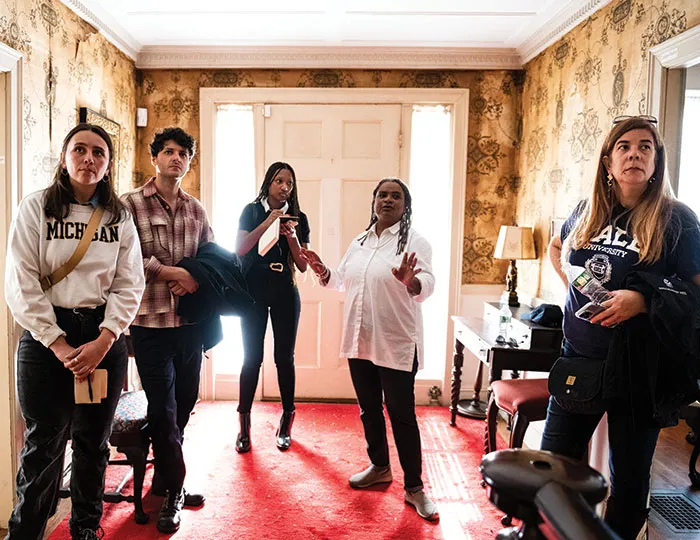
Plantations
Classes started with students dividing into subgroups and taking a deep dive into a specific topic. The fall 2022 class had four sections: history, law and policy, materials, and the plantation. Students looked at everything from zoning regulations on eastern Long Island to the purposes and logics of a provisioning plantation in the 1640s to the history of the sugar trade.
“Barbadian sugar was ground zero in the development not only of the African slave trade into the British colonies, but also the invention and growth of modern globalized capitalism,” says C.deBaca. “And so developed that idea of extractive capitalism; that is, they are not only extracting things from the land, but also extracting value from people for the growth of a heretofore nonexistent consumer market in other countries.
“With that comes the invention of commercial law, the invention of maritime law, the invention of slave codes in the law. A lot of early property law is flowing out of these enslaved people.”
2L Tiffani Banks, who has a bachelor’s degree in architecture, was among those who toured the plantation last fall and contributed to the plantation section of the final report.
“We focused on how plantations should confront and address their past slavery; how the stories of enslaved people are told,” she says. They also thought through the background, the cultural perspectives, and the intersection of law and history in the project.
That process provided her subgroup with a framework for how different governments are approaching modern-day slavery. For example, the class discussed legislation in California, comparing it with legislation in the UK.
“We also talked about whether it is possible for companies to discover modern-day slavery in their supply chains, particularly when they source materials from other companies,” says Banks. “So it was really interesting from the legal perspective to think not only about what is ideal and what should happen in a just world, but what the practical concerns are and how the legal field can and should work with the construction industry to reduce and eliminate modern-day slavery.”
The class examined two recent laws that address forced labor. In 2016, President Obama signed the Trade Facilitation and Trade Enforcement Act, which banned imported goods made by children or slaves. And in December 2021, President Biden signed into law the Uyghur Forced Labor Prevention Act, which prohibits the importation of products from the Xinjiang Uyghur Autonomous Region of China.
C.deBaca hopes to take the class one step further from academic discussion to practical solutions.
Professor Luis C.deBacaWe're hoping that some tools grow out of this class that practitioners can use as part of a compliance program.
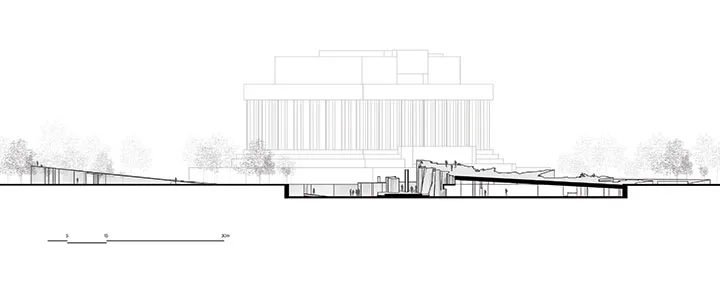
Monuments and Memorials
The Robert E. Lee Monument in Richmond, Virginia, was removed from its site in September 2021—a controversial response to social justice movements in the wake of the murder of George Floyd. For many in the Black community, the memorial to the Confederate general was a memorial to racial injustice.
The removal proved a relevant, real-time lesson for students in the fall 2021 PSI class, who were studying ways to rethink memorials. Students in the law and policy subgroup sought answers to several questions related to building a slavery memorial on the National Mall in Washington, DC.
“If you wanted to build a monument, one of the considerations was where you are allowed to build,” says Sulzer, the 3L from the 2021 class. “Also, what are the land use restrictions? What is the zoning situation? Are there procedures in place? Does Congress need to get involved? If so, when and how? What is the role of the National Park Service, who oversees a monument once it's built? The class taught us pragmatic skills about how to move a problem forward in the real world.”
The class produced a 400-page tome that examined slavery through the lens of architecture, history, law, and systems of labor.
“There was not only thinking as to what a slavery memorial could look like,” says C.deBaca, “but an entire chapter on all the legal and policy restrictions and how to work within that.” The report informed designs by Yale architecture students for their plans for the slavery memorial.
A small group of students in an advanced PSI, including Sulzer, served as consultants during the winter 2022 semester for the Yale design studio.
The architecture students went on to develop “truly stunning conceptualizations of what a memorial could look like,” says Sulzer. “The ways in which they incorporated the meaning, the history, the culture, the fabric of what we had researched and turned it into something physical and three-dimensional was really incredible.”
When thinking about the considerations for designing future monuments, the PSI students also proposed integrating an “exploitation coordinator.” Much like a compliance officer or a health and safety officer, an exploitation coordinator would look at the labor standards on the job site and at labor standards downstream as far as the actual materials are concerned.
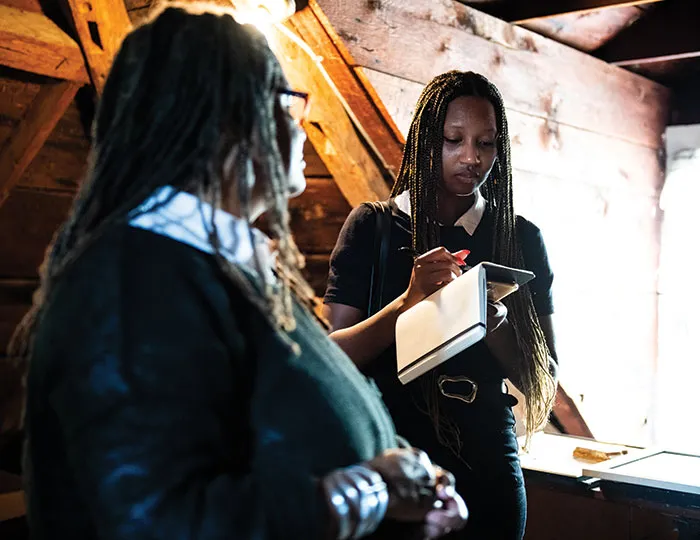
Emotional Experience
As she toured Sylvester Manor last fall, Banks saw the plantation as a student of law.
“This class really hit on all of the topics that are important,” says Banks. “How do we make buildings equitable? How does the law reinforce that? That was something that I felt was really grounding in the project. I don't think that we really could have made the set of recommendations that we did without physically being in that space.”
And as a descendant of enslaved people, she saw the plantation on a very personal level.
“The opportunity to travel to this plantation—to inhabit the spaces that people like my ancestors inhabited and were enslaved in—was an emotional experience.”


